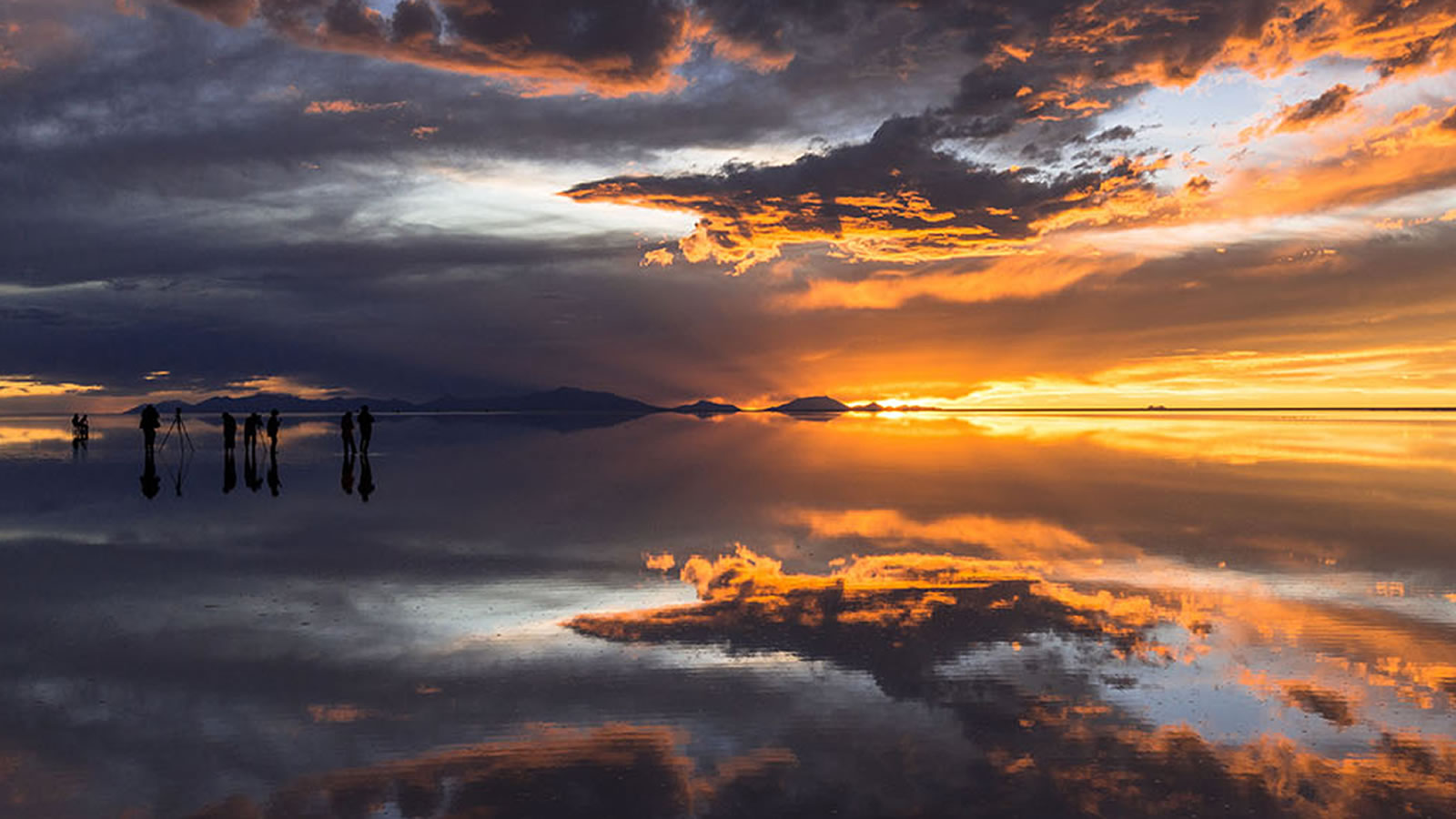If you’ve ever watched Demon Slayer: Mugen Train and saw Tanjiro stepping into his dreamlike subconscious world, calm, beautiful, and surreal, then Salar de Uyuni in Bolivia is like the real-life DLC version of that. It’s absurdly beautiful.
Imagine standing on an endless white salt flat, so wide you feel like a tiny anime character lost in a background painting. Now add a perfect mirror effect, so the sky reflects off the ground like you just got dropped into a parallel universe. It’s like walking on clouds… made of salt.
What is Salar de Uyuni?
Salar de Uyuni in Bolivia is the largest salt flat on Earth, stretching over 10,582 square kilometers. That’s like a pancake the size of a small country—just made entirely of salt.
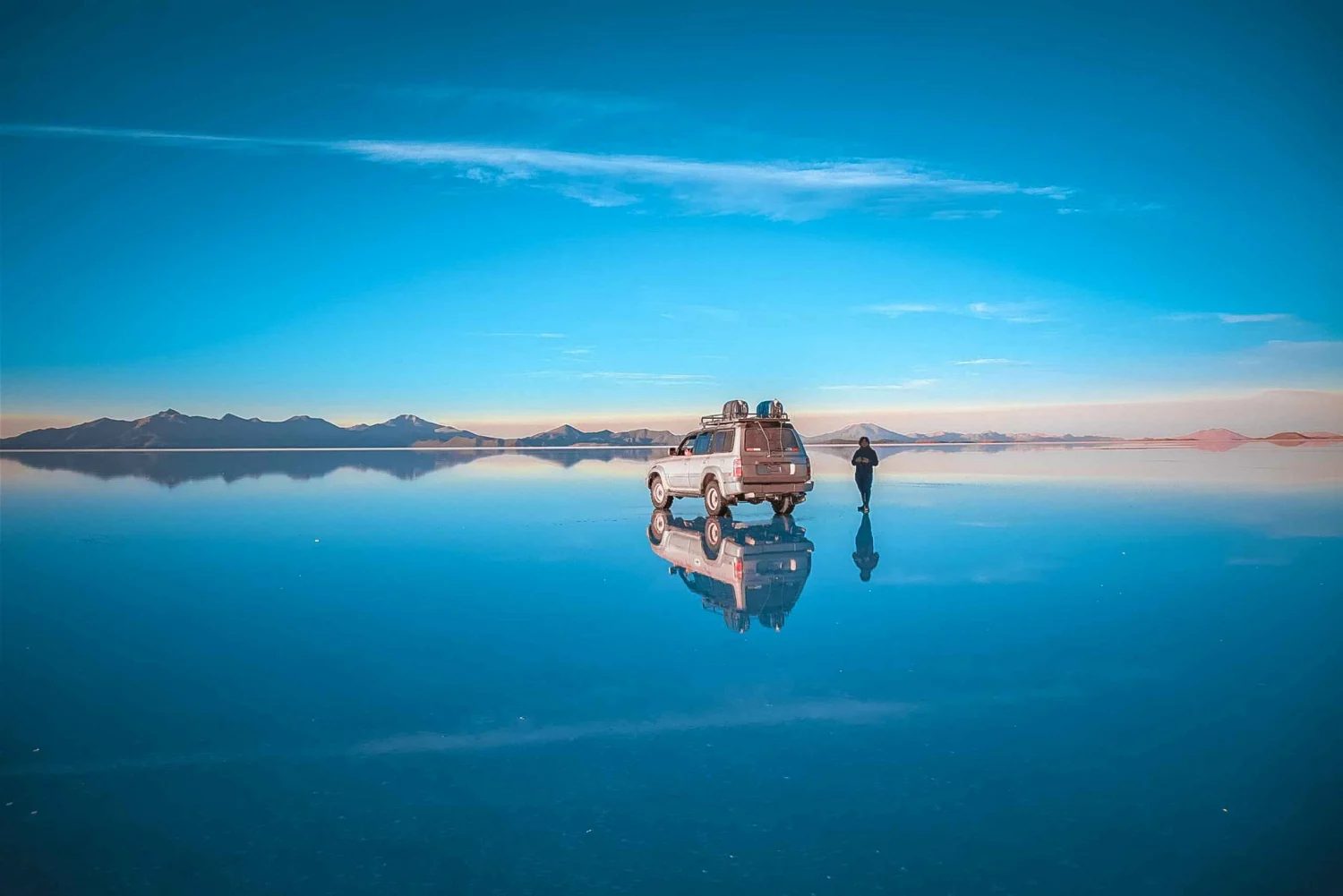
Once upon a prehistoric time, this was a giant lake called Lago Minchin. Then it dried up thousands of years ago, leaving behind a salty landscape that now looks like a glitch in the simulation. You can read more about Salar de Uyuni’s geological background on Wikipedia if you’re craving the nerdy details.
Located in southwestern Bolivia, at 3,656 meters above sea level, this place will steal your breath—literally. The altitude hits differently, like running up grandma’s stairs that never end.
Best Time to Visit Salar de Uyuni
Not every season gives you the God-tier mirror effect, so mark your calendars, bestie:
Rainy Season (December – March)
-
The best time for the natural mirror effect.
-
A thin layer of rainwater turns the salt into a giant sky-reflecting mirror.
-
BUT roads can get muddy and slippery, so ditch the heels and pack hiking boots instead.
Dry Season (April – October)
-
The salt crust is hard and cracks into artistic hexagon patterns.
-
Perfect for taking optical illusion photos—you can walk freely without falling into salty puddles.
How to Get to Salar de Uyuni
Getting there is like love: long, bumpy, sometimes dramatic, but worth it.
From La Paz
-
Flight to Uyuni (1 hour): Fast and comfy, but your wallet might scream a little.
-
Overnight bus (10–12 hours): Budget-friendly, but be ready for a numb butt and emotional reflection.
From Neighboring Countries (Chile/Peru)
-
Many multi-day tours include Salar de Uyuni in their route.
-
Great if you’re chasing passport stamps like Pokémon.
Travel tip: Bring a neck pillow, snacks, and a sad playlist. Nothing says “adventure” like crying quietly on a bus while watching the Bolivian sky.
Fun Things to Do in Salar de Uyuni
Optical Illusion Photography
Flat landscapes + zero horizon = photo magic. Wanna pretend you’re being stepped on by a dinosaur or jumping out of a Pringles can? This is your moment.
Sleep in a Salt Hotel
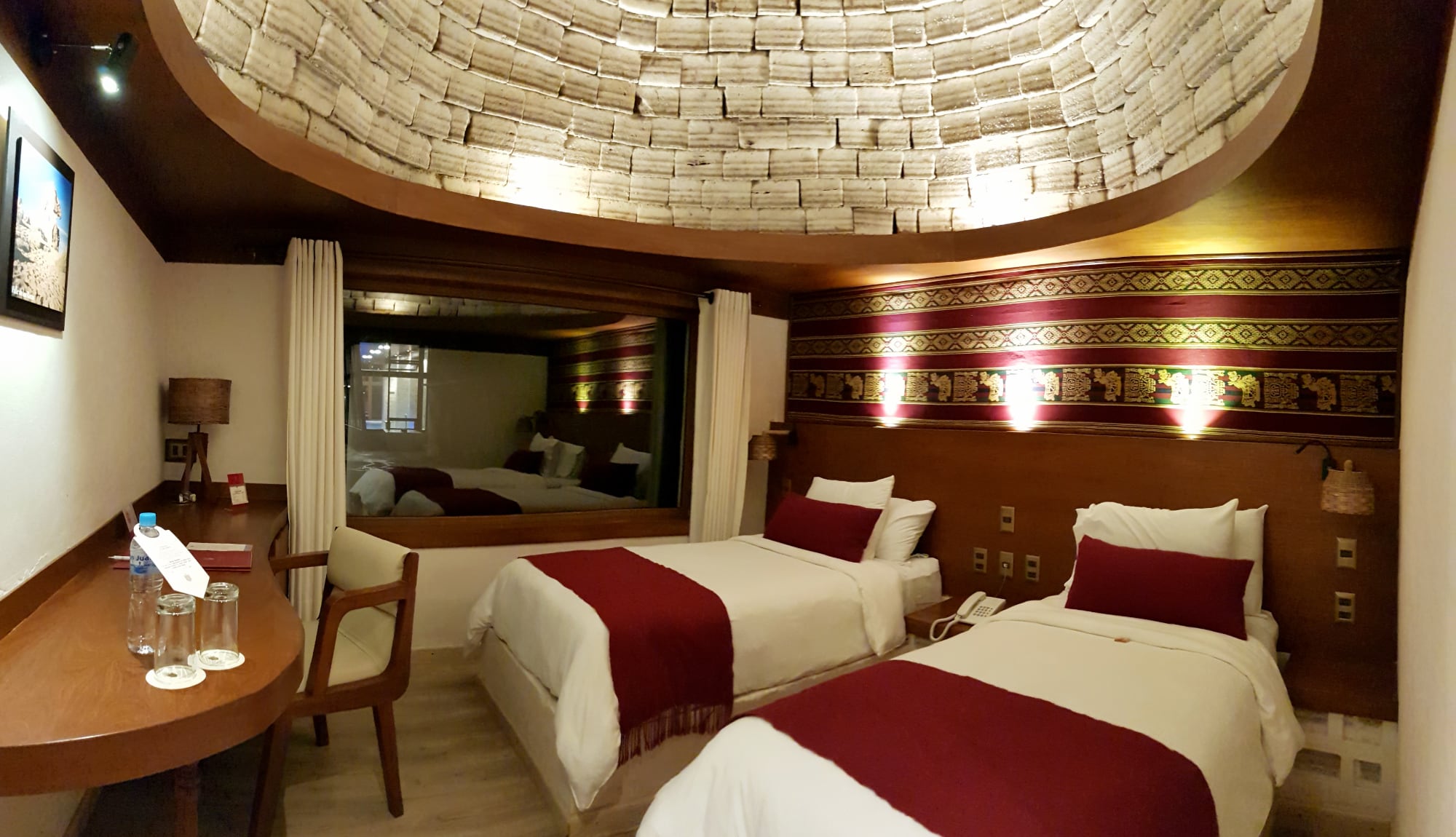
Yes, a hotel made entirely from salt. Tables, beds, walls—all salt. But please, for the love of good manners, don’t lick the furniture. It’s not a snack bar.
Visit Isla Incahuasi
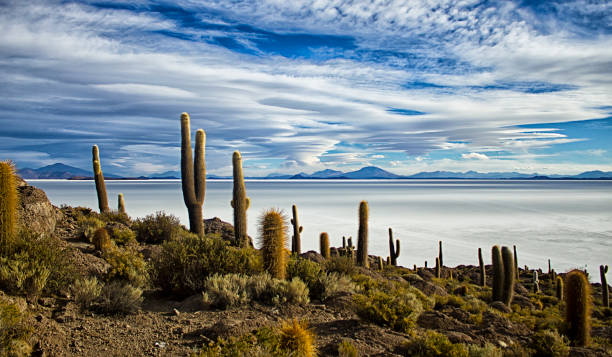
A cactus-covered island rises in the middle of the salt flat. These cacti are massive like, Instagram-influencer-in-nature levels of aesthetic.
Sunrise & Sunset Magic
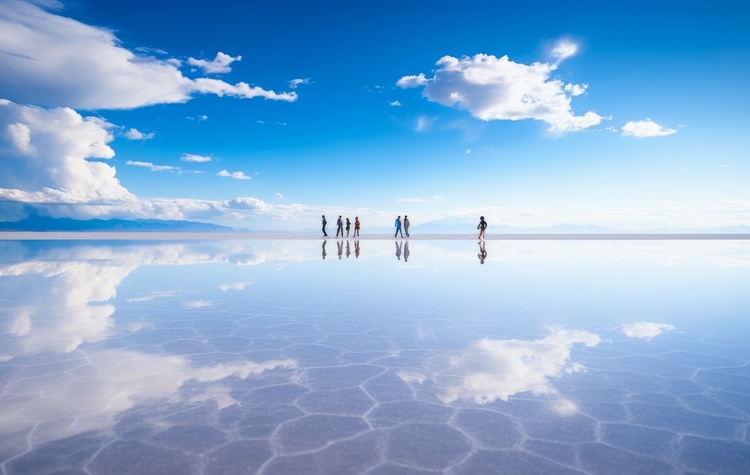
The sky here turns into a pastel painting. Sunsets feel like a K-drama finale: soft, emotional, and slightly heartbreaking. You might even cry and not know why.
What to Pack for Salar de Uyuni
Here’s your essential “Salt Flat Survival Kit”:
-
Sunglasses – Let your heart be dazzled by exes, not your eyes by the sun.
-
High-SPF sunblock – Sun at high altitude? It bites.
-
Layered clothing – Hot by day, freezing by night—like your crush’s mixed signals.
-
Camera & tripod – For legendary pics that say, “I don’t just travel—I transcend.”
-
Cash (Bolivianos) – Your debit card won’t work in the middle of a salt desert, sorry.
How Much Does a Trip to Salar de Uyuni in Bolivia Cost?
For a trip that feels like a million bucks, here’s what you might append:
| Item | Cost Range |
|---|---|
| Flight (La Paz – Uyuni) | $90 – $150 (one way) |
| Overnight bus | $25 – $40 |
| 1-day tour | From $30 |
| 3-day tour (includes colored lakes) | $100 – $250 |
| Accommodation | $10 – $100+ per night |
| Total Estimated Budget | $200 – $500 |
Total budget: Roughly $200–$500, depending on your style (budget traveler vs. semi-boujee explorer).
A life-changing trip that doesn’t wreck your savings account.
Cool Facts About Salar de Uyuni
-
World’s largest lithium reserve – Yup, the salt under your feet powers your phone.
-
NASA uses it to calibrate satellites. That’s how flat and reflective it is.
-
Haunted-looking train cemetery nearby. It’s eerie, rusty, and incredibly photogenic. Very “post-apocalyptic chic.”
Is It Worth It?
With all due respect: HECK YES.
This isn’t just some Insta-worthy spot. Salar de Uyuni is where you stop, stare, and feel the universe whisper, “You’re just a speck, and that’s kinda beautiful.”
It’s a place to reflect—literally and emotionally.
And let’s be honest being able to tell people “I walked on the world’s largest natural mirror” is the kind of wholesome flex we all deserve.
Final Words: Pack Your Bag
If you crave adventure, jaw-dropping landscapes, and a story you’ll never get tired of telling, Salar de Uyuni belongs on your bucket list.
Get your backpack, your sense of wonder, and your strongest pair of socks ready. Bolivia may be far, but the memory you’ll carry home… will stick in your heart forever.
And hey, who knows—besides catching the sunrise, you might just meet your soulmate somewhere between the salt cracks.
FAQ about Salar de Uyuni
Q: Is Salar de Uyuni safe to visit?
A: Yes, generally safe. But it’s remote and extreme, so stick with legit tours and keep an eye on the weather.
Q: Can I bring kids?
A: Sure! Just keep them hydrated, warm, and protected from the high-altitude sun.
Q: How many days should I stay?
A: Ideally 2–3 days, especially if you’re joining the extended tour that includes colored lakes and geysers.
Q: Can I go camping?
A: Most tours offer basic lodging near the salt flats. DIY camping is rare due to the harsh conditions.
Q: What should I NOT do there?
A: Don’t walk on wet salt carelessly (slippery!), don’t leave trash, and please don’t lick the salt walls of the hotel. Just… don’t.
If you’re fascinated by surreal landscapes like Salar de Uyuni, you should also check out the breathtaking Zhangye Danxia Mountains in China—another natural wonder that looks like it was painted by hand.
